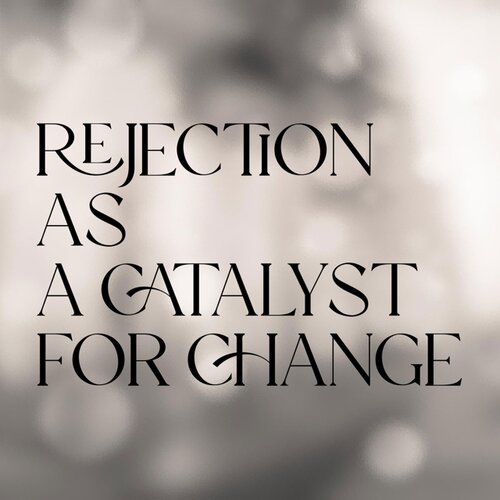by Carolyn Edlund
Have you been rejected lately? Join the club. Artists who are serious about marketing and promotion must cast a wide net. That means they will be turned down much of the time.

You might have gotten a rejection letter from a festival or fair, which can directly affect your income (and if it’s a show you have done in the past, it can especially sting.) You might have received bad news in response to your attempt to make it into an exhibition, competition or contest. Or, you could be ignored in your efforts to gain press exposure, social media followers or shares.
In other words, the sources of rejection are broad. It can be hurtful to hear No, especially if that seems to be all you’re hearing. But it also means that you are reaching out and taking risks necessary to establish a presence, share your work with the world, and invite response. Emotionally, rejection is often difficult. But in a strictly business sense, you can use rejection as a measurement of strategy and a learning tool to improve your efforts. What you learn can mean that in the future you will experience more success.
There isn’t an artist in the world who doesn’t remember being rejected (often vividly.) The more successful the artist, the more familiar they are with hearing No. What made them successful was the fact that they pursued their dream anyway. If becoming a successful artist was easy, everyone would do it. So, take a deep breath and center yourself, and know that this is just part of your journey.
What can you do when it seems like nothing is working? Dive into those rejections and see what happened. Ask yourself:
- Was the art show/exhibition/press opportunity truly a good match for your work?
- Did you have enough lead time to put together a great submission package?
- Did you follow submission rules exactly and apply on time?
- Did you personalize your message? Or did you essentially send a form letter?
- Do your portfolio images truly give an excellent representation of your artwork? Or do they need help?
- Is your portfolio itself cohesive and recognizable, with a signature style?
- Is your writing clear and concise, and does it connect emotionally? Are you sharing what is important/relevant/memorable about your art or handmade work?
- Have you given the recipient sufficient information to understand what you do, and what you offer?
Then, take a look at where you have gained traction. What has worked for you? It may be that email attempts are not working so well, but networking in person has resulted in some good contacts, referrals or sales. Perhaps one form of social media doesn’t seem to fly, but another platform might be a bright spot in your marketing efforts. After you evaluate where your best efforts are working, move in that direction. It’s really difficult to do many things at once. If you have an overly ambitious marketing plan, a reason for rejection might be that you are overcommitted and underperforming.
Let’s say that you have gained interest in the past from bloggers who fit your art niche, with an article or two published about your work. Press begets press. The fact you have been written about in the past means you are newsworthy. Turn that past success into your new strategy. Search magazines, blogs or promoters who are closely aligned with the work that you are doing, and make a “hot list” of prospects. Then reach out to them. And, contact your network of friends and peers for referrals to press members who might be open to an introduction.
Then, put together your best possible pitch, with materials and images that are suitable for publication. Observe the response, and if possible, get feedback on your rejection. Keep tailoring your activities to be more in tune with what reporters and bloggers are looking for in terms of serving their audience and making their articles readable and shareable.
Likewise, the results of applications to shows, festivals, exhibitions and competitions can also be measured. Ask for clarification when you don’t get in so you understand what happened and how to improve. That simple request can teach you a lot about how your work and presentation is seen by others.
Then, keep going. There is no substitute for persistence. You will earn success if you don’t give up in your efforts. It’s all part of the journey.



Speak Your Mind